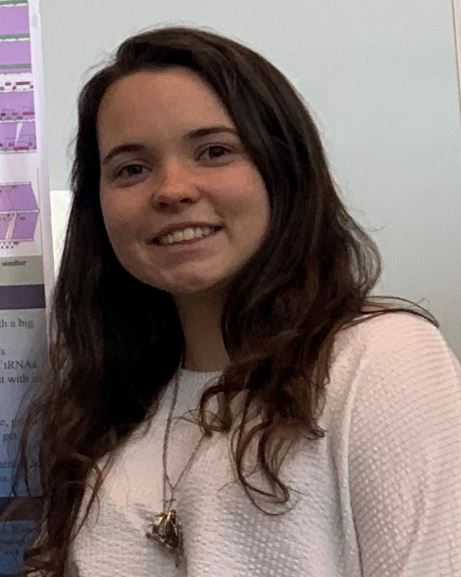Below is a summary of the abstract you submitted. Presenting author(s) is shown in bold.
If any changes need to be made, you can modify the abstract or change the authors.
You can also download a .docx version of this abstract.
If there are any problems, please email Dan at dar78@pitt.edu and he'll take care of them!
This abstract was last modified on March 28, 2023 at 10:55 a.m..

Antibiotic-resistant bacteria (ARB) are increasingly becoming an existential threat, but bacteriophage and phage-derived protein therapy is one of the viable alternatives. Moreover, phages hold high potential for the biocontrol of pathogens, not only in healthcare, but also in industrial settings. For example, phage-derived proteins such as peptidoglycan hydrolases and lysins are known to have anti-biofilm activity. All this makes phage discovery and characterization ever more important. Mycobacterium phage Glaske16 was isolated in August 2022 from a soil sample collected outside of the Glaske Center for Engineering, Science, and Technology building at LeTourneau University in Longview, TX (332.465 N, 94.727778 W). The enrichment method was used, with Middlebrook 7H9 medium and Mycobacterium smegmatis mc2 155 as the host. The spot test was used to confirm the presence of bacteriophages in the sample. Glaske16 was then purified using 10-fold serial dilutions through three rounds of plating. Web plates were used to amplify the titer of the pure phage. A high titer lysate of 4.9 x 109 pfu/mL was used for DNA extraction using the Promega Wizard DNA cleanup kit, negative-stain transmission electron microscopy (TEM) imaging, and archiving. Whereas temperate phages typically produce turbid plaques, Glaske16 surprisingly produced clear plaques (average diameter 1.5 mm, range 1 - 2 mm) after 48 h of incubation at 37°C. TEM revealed Glaske16 as having a siphoviridae morphotype with an isometric capsid measuring ~67 nm (range 60 - 70 nm) in diameter and a long, flexible, non-contractile tail measuring ~320 nm (range 310 - 320 nm) in length. Genome sequencing was done at the University of Pittsburg, using an Illumina MiSeq sequencer (v3 reagents). Annotation was done using DNA Master, PhagesDB, NCBI, HHPred, Phamerator, Starterator, and DeepTMHMM. Sequence data showed Glaske16 to belong to subcluster M1 with an 11 bp 3’ sticky overhang (ACCTCCTGCAA), genome size 81156 bp, and 61.6% G+C content. Glaske16 adds to our inventory of bacteriophages (114 so far) with potential for treating antibiotic-resistant bacteria infections and for industrial pathogen biocontrol.




